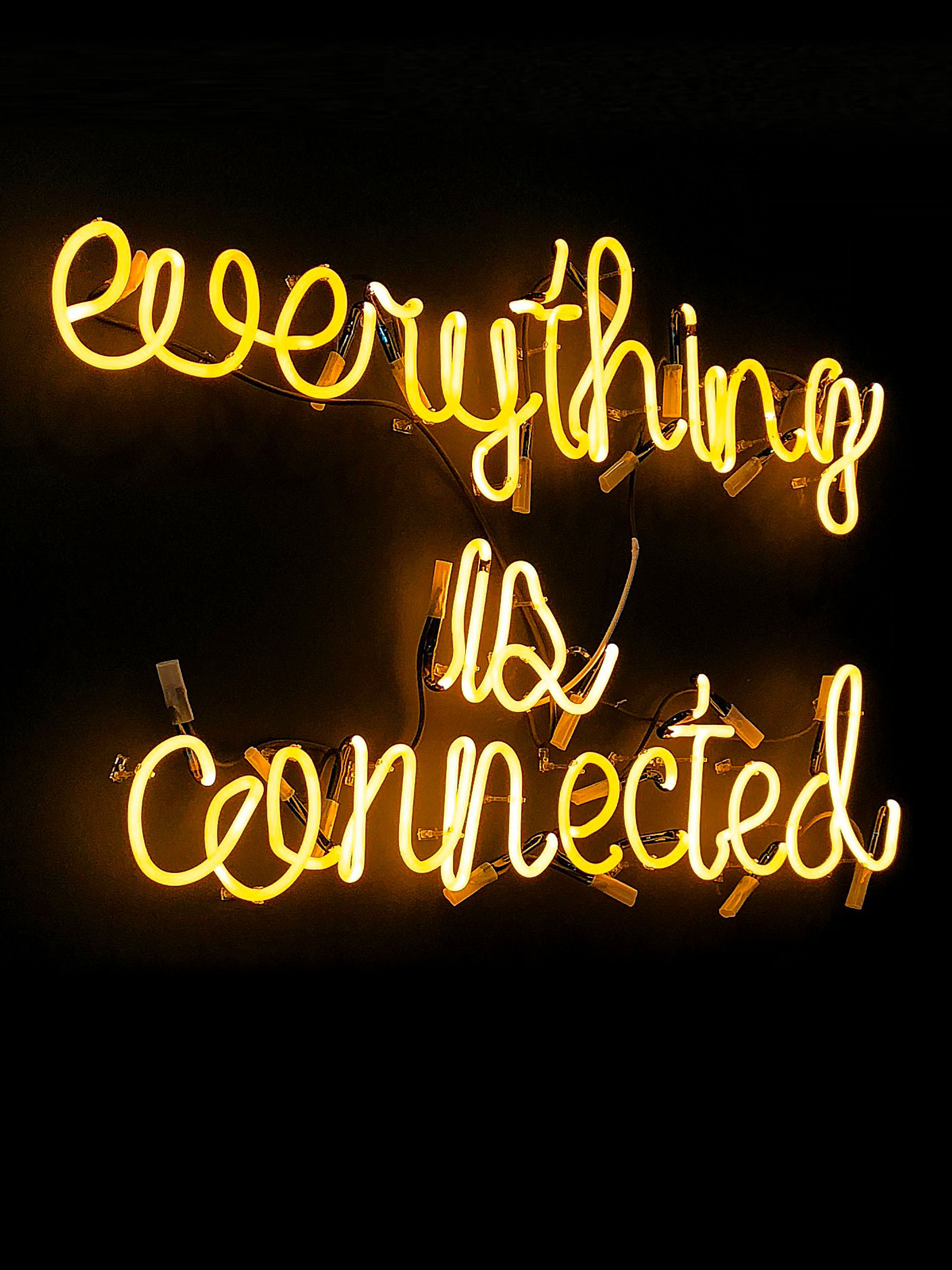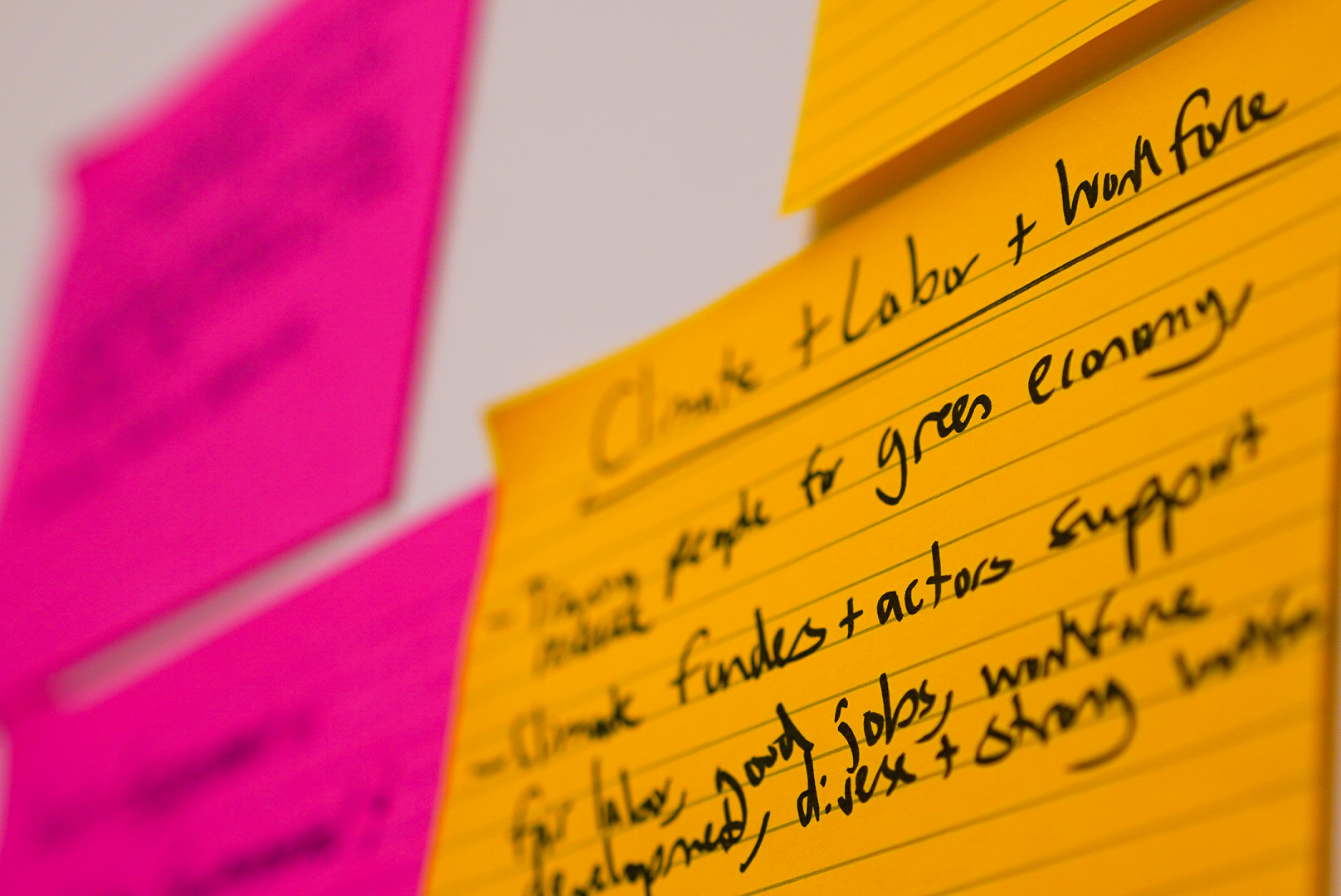Beyond the Bubble
By the Philanthropy New York Public Policy & Collaboration Team
This past December, a group of 25+ grantmakers convened in a room, charged with exploring connections between their funding areas. These individuals hailed from Philanthropy New York's issued-based working groups—often bound by familiar, focused tracks of funding priorities. Yet, for two hours, people who consistently fund youth, justice, health, climate, education, aging, workforce, Census, and the arts were asked to uncover ways their work overlapped.
As expected, the intersections were easy to find. The social issues facing all of us are tied insidiously and invisibly with each other and many of these issues are connected to racial disparities across life indicators.
- New York State public schools continue to be some of the most segregated in the country.[1]
- In the United States, one in every 1,000 black men "can expect to be" killed by police officers.[2]
- An article about modern-day redlining reports that "Fifty years after the federal Fair Housing Act banned racial discrimination in lending, African Americans and Latinos continue to be routinely denied conventional mortgage loans at rates far higher than their white counterparts."[3]
- Half of the homeless population in the U.S. lives in five states, and, in those five states (California, Florida, New York, Texas, and Washington) five out of the six are the most disaster-prone places in the country.[4]
- Forty million households in this country are food insecure. Ten percent of Black families and 10% of Latino households bear the brunt of this food insecurity. This is three times the rate for white homes.[5]
- In 2016, the top 20% of households held 90% of the wealth, and the top 1% of households owned 40% of the wealth in this country.[6]
- Only 24% of Congressional members identify as women. We only have three black senators.[7] This isn’t’ representation in a country where 58% of the population aged 16+ are women and 13% (42M) are Black.[8]
A blinding amount of data is obviously not included in the list above, but it is out there. While we could list more dire statistics, Yuval Noah Harari, author of Sapiens, writes that its more important we “make sense of the information, to tell the difference between what’s important and what is unimportant, and above all to combine many bits into a broad picture of the world.” To do this, we need others with varying lenses and filters to pinpoint and hypothesize possible solutions to the complex problems facing us. We should reckon with the data, not in separate streams, but as an integrated river of inequities directing the lives of millions of people every day. Audre Lorde once stated: "There is no thing as a single-issue struggle because we do not live single-issue lives." Many nonprofits already know this and are thinking of social innovations and disruptions beyond the time-limited duration of their programs. College access programs can’t just get students into college—they need to think, track and assess how students leverage their degrees for crucial first jobs, which can, in turn, affect future earnings and social location.
2020 is already becoming quite a consequential year. There is a presidential impeachment. Millions of acres in Australia have burned in fires. The U.S. begins its critical census count. In an age where software engineers manufacture digital connections, it's vital to our survival to cultivate spaces where people connect in-person to imagine possibilities for addressing our biggest challenges. We saw members of the Justice Reform Group sit with folks from the New York Environmental Funders Network and the New York City Aging Funders Network to discuss how communities can gain climate resilience strategies in the face of climate collapse. We watched leaders from New York State Grantmakers for Census Equity and Youth Funders Working Group talk about how youth voices in the Arts can build awareness about representation. Internally, many folks at the convening were ultimately grappling with the forces that supercharge the problems—racism, patriarchy, xenophobia. They were doing it in a room named after James Baldwin, who once said: "Not everything that is faced can be changed, but nothing can be changed until it is faced." Inequality has calcified over generations. We need some strong stuff to break it down. Some good, out of the box, beyond the bubble thinking made by restless coalitions that see how the parts of the system all work together.
Neuroscience states that, for the most part, our brains get set in our ways of thinking around the age of 25. But it's also known that we can develop neural pathways beyond this checkpoint—but we have to make an effort to do so. Convenings are not rare in philanthropic spaces. More grantmakers are trying to discover and disrupt the deep fissures between the issues. Collaboration and cross-pollination works, thus we need more time together. It doesn't need to be formal. It doesn't need to be organized. It does need though, to be persistent, forceful and driven by the thirst to break a system that has broken too many people for too long.
[1] New York State's Extreme School Segregation: Inequality, Inaction and a Damaged Future, by John Kucsera, Forward by Gary Orfield, Editor's Note: Fifth in a series on School Segregation in the Eastern States, UCLA, The Civil Rights Project, March 26, 2014
[2] Risk of being killed by police use of force in the United States by age, race–ethnicity, and sex, Frank Edwards, Hedwig Lee, Michael Esposito, Proceedings of the National Academy of Sciences of the United States of America (PNAS), August 2019
[3] "For people of color, banks are shutting the door to homeownership," Kept Out Series, Reveal, The Center for Investigative Reporting, By Aaron Glantz and Emmanuel Martinez / February 15, 2018
[4] A Perfect Storm: Extreme Weather as an Affordable Housing Crisis Multiplier, Extreme Weather as an Affordable Housing Crisis Multiplier, by Guillermo Ortiz, Heidi Schultheis, Valerie Novack, and Aleah Holt, Center for American Progress, August 2019
[5] Challenges and Opportunities to Advance Racial and Economic Equity in the Food System, Executive Summary, Yvonne Yen Liu, Applied Research Center, July 2012
[6] Household Wealth Trends in the United States, 1962 to 2016: Has Middle Class Wealth Recovered? by Edward N. Wolff, Working Paper 24085, National Bureau of Economic Research
[7] Membership of the 116th Congress: A Profile, Congressional Research Service, Jennifer E. Manning Senior Research Librari, updated June 2019


